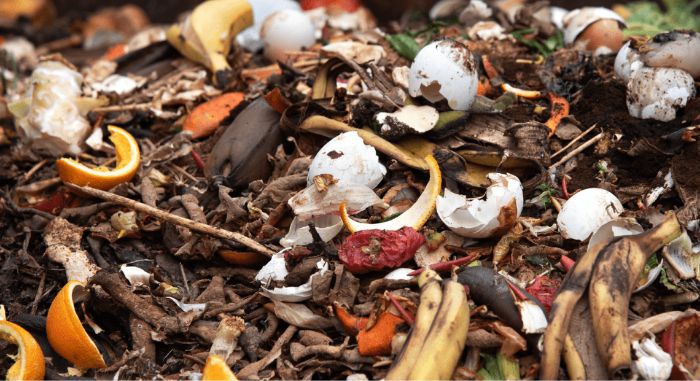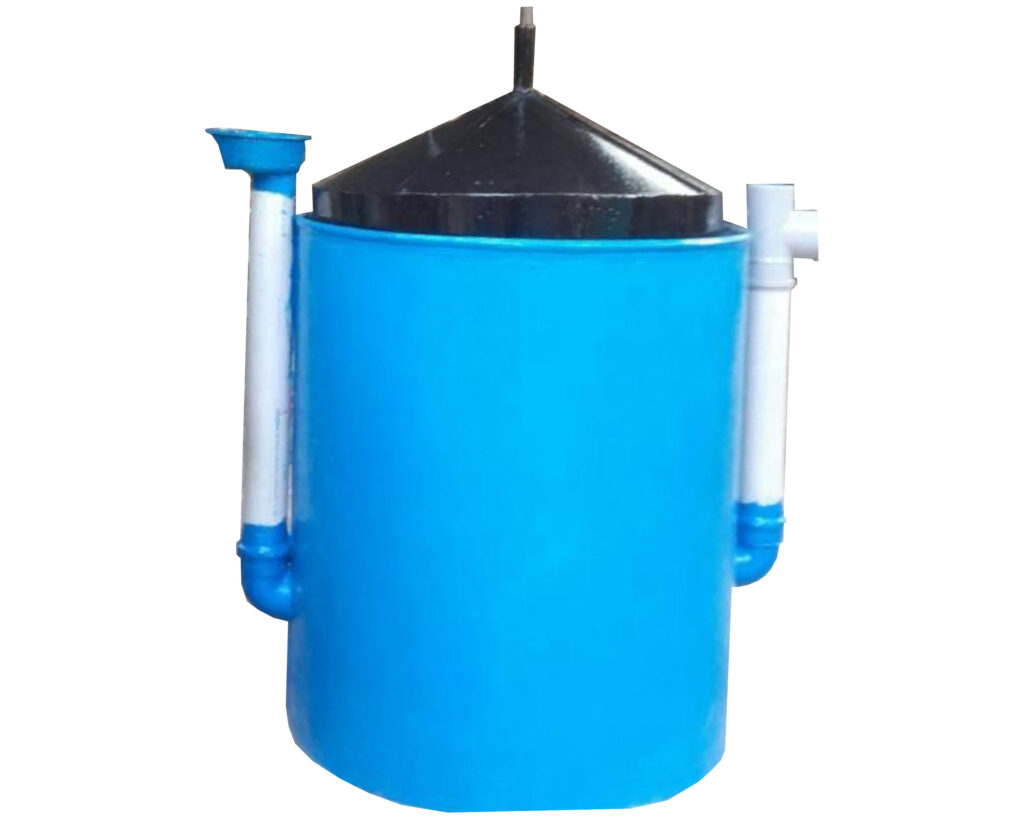
YTRO-3 with Zeeshan, Synod Bioscience on Indian Biogas Industry

SYNOD Bioscience
Zeeshan Gafoor, CEO at SYNOD Biogas shares his “Thoughts, Reflections & Opinions” about the Indian biogas scenario, business during the lockdown, challenges in domestic biogas systems and the government schemes such as SATAT.
1. Could you introduce us to SYNOD Bioscience?
SYNOD was an outcome of my final-year undergraduate project. I graduated B.tech in Biotechnology and Biochemical Engineering in 2009. The concept of home biogas units was not popular then, and it was mainly GOBAR gas in India. We took an interest in making a domestic prototype for our final year project, and that’s how SYNOD came alive! We began commercialising the prototype in 2010. Around 2013 SYNOD installed a Bio-CNG plant of 20 TPD capacity in Bangalore, which was scaled to 75 TPD later. Since then SYNOD is in the business of the biogas industry of both domestic scale units and Bio-CNG Plants.
2. What is the range of products offered in domestic and commercial biogas units?
We have created a separate brand called “Wonder Bin”, which focuses only on the domestic biogas market. Our products range from 3 kg biogas units to 50 kg biogas units. SYNOD focuses on commercial biogas units and Bio-CNG plants
3. Residential biogas system in India, success or failure? Is composting a better option?
Yes, there are challenges in the successful operation of residential biogas units as it involves technical understanding to run the plant and not treat it like a waste bin. But the same goes for composting as well!
Govt. of Kerala, in the year 2013, initiated a subsidy scheme for domestic biogas unit installation that gave a boost and awareness among people to install the system in their backyards. But, the downside was the manufacturers who participated in the tender had to sell it at a low price with fewer profits, which led to poor aftersale service and the failure of many units.
But SYNOD’s business structure is different from the beginning. We never participated in such tenders and sold the units with our margin, making the after-sales service possible whenever necessary. We have customers running the plant successfully for more than ten years also! Similarly, our customers have basic knowledge of the biogas process and the care it requires to operate successfully, which avoids the failure of the plant.
4. How was the business during the covid lockdown period?
In the first lockdown, there was complete uncertainty. We had orders from Tata Steel before Covid, but there was a delay in the release of funds due to the uncertainty Covid caused. After the 1st lockdown, we saw a gradual increase in the sale of domestic units as people were afraid to get in contact with sanitary workers!
5. What are your current projects?
We are doing a 25 TPD Bio-CNG plant for one of our clients in Mysore. The project deals with treating poultry waste and cow dung. The project’s DPR is ready, and after the DPR approval, we will begin the construction phase.
6. What are all the regulation clearances involved in setting up a biogas plant?
Biogas used only for cooking doesn’t need any clearance from the government. Petroleum and Explosives Safety Organization (PESO) certification is mandatory when biogas is purified, bottled, and transported.
7. What are the feedstocks used for large-scale biogas plants in India?
In northern India, paddy straws are common feedstock. Pressmud as feedstock is more common in the Maharashtra region. In southern India, it is easier to work with Organic Fraction Municipal Solid Waste (OFMSW), but the challenge lies in the segregation and regular supply of OFMSW feedstock from the municipality. In Karnataka and Tamil Nadu, poultry waste also has vast potential as feedstock for biogas plants.



8. Why is there not much product innovation in domestic-scale biogas systems?
FRP-type floating drum domestic biogas units have been in the Indian market for a long time. And, there are Flexi-type Biogas models made of neoprene material from China and Israel. The problem with the Flexi/ballon type is a shorter life span compared to FRP, which is 15 to 25 years! Although Chinese models have automation in domestic-scale biogas units, the energy requirement is high, which is not the case for floating drum units. We also have automated our plant for institutional size where the feedstock load is more than 10 kg/day. Additionally, our technology is also different and not the conventional floating type. We provide a modified UASB digester for institutional biogas units.


9. Are there any markets in India for slurry from the biogas plants?
The farmers are not very keen in using organic manure replacing synthetic fertilizers. And the government has taken initiatives to promote usage organic manures to encourage sustainable agriculture practices under the SATAT scheme. SATAT is an initiative of the Ministry of Petroleum and Natural Gas (MoPNG) to promote the manure produced from CBG plants “Fermented Organic manure and Bio-slurry” has included under FCO 1985. More similar opportunities are being explored to market the Fermented Organic Manure through Oil & Gas Cos. network.
We are waiting for the right policy under the SATAT scheme in order to commercialise the bio-slurry from the biogas plant.


